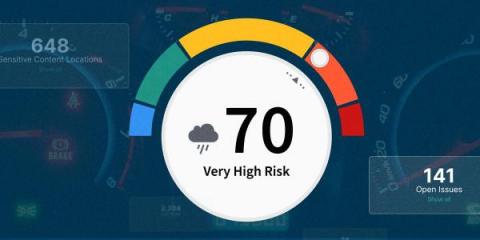How Tripwire Can Be a Partner on Your Zero Trust Journey
In a previous blog post, I discussed the different applications of integrity for Zero Trust and provided four use cases highlighting integrity in action. The reality is that many organizations can’t realize any of this on their own. But they don’t need to. They can work with a company like Tripwire as a partner on their Zero Trust journey. Let’s explore how they can do this below.










